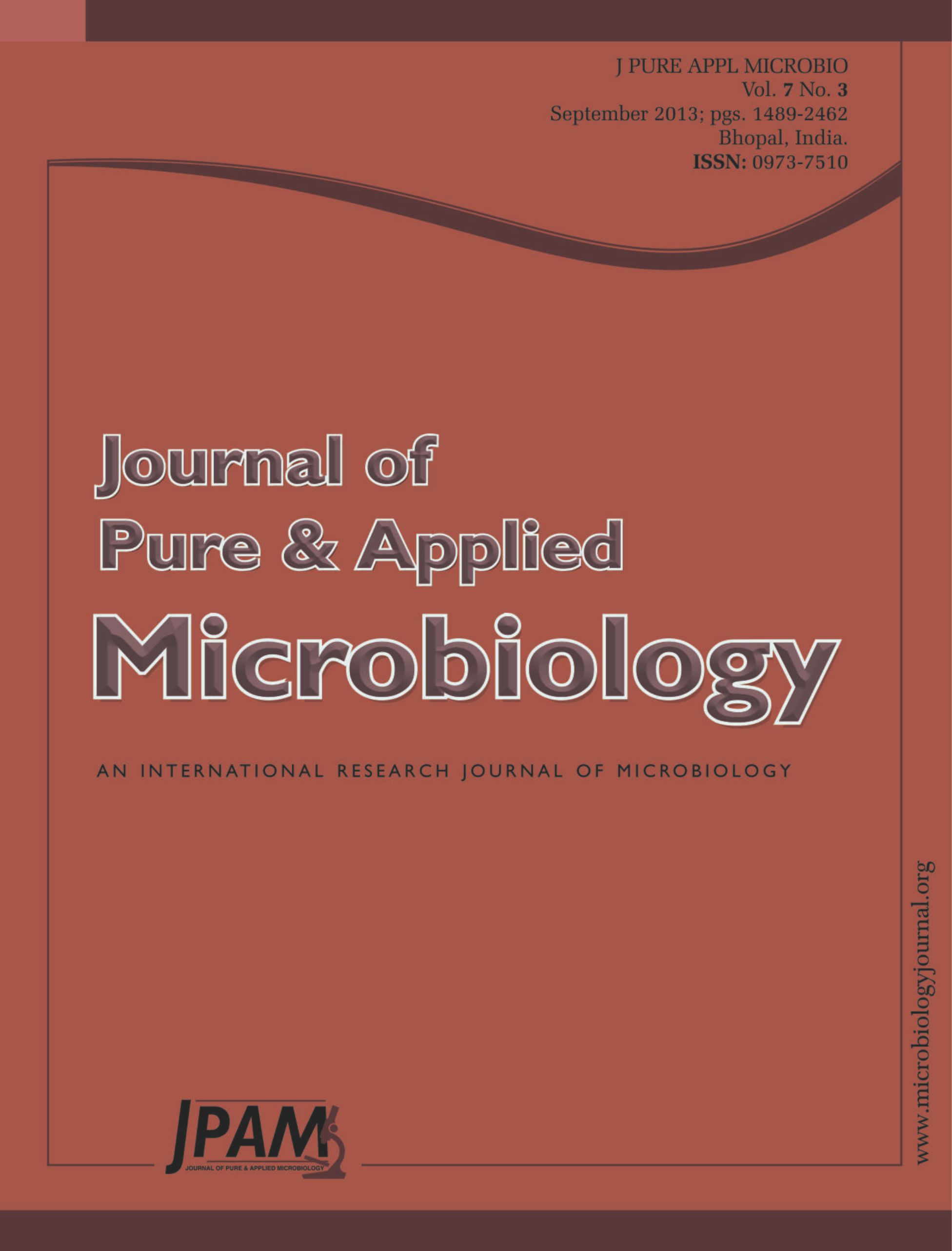In vitro susceptibility testing of forty five isolated dermatophytes against four crude extracts of henna (Lawsonia inermis), handal (Citrullus colocynthis), indian fig (Opuntia ficus-indica) and pomegranate (Punica granatum) were evaluated. A minimum Inhibitory Concentration of the crude plant extracts required to inhibit the growth of
50 % (MIC50) and of 90 % (MIC90) of dermatophytes were estimated by a broth macrodilution method [National Committee for Clinical Laboratory Standards for filamentous fungi NCCLS, 2000 (M38-P)]. The results demonstrated that extract of pomegranate was the highest activity as antifungal against for isolated dermatophytes. The mean of MIC50 and MIC90 were 0.8 to 1.6 mg/ml, respectively. Among of the crude extracts, extract of prickly pear was the least activity. M. canis and T. rubrum were the more sensitivity to plant extracts whereas T. mentagrophytes and T. verrucosum were the more resistant than other isolates. These results concluded that all crude extracts showed fungicidal activity against isolated dermatophytes. This study suggested that extracts of those plants could be used as a natural biological agents for a treatment of dermatophytosis.
Dermatophytes, Medicinal plants, NCCLS
© The Author(s) 2014. Open Access. This article is distributed under the terms of the Creative Commons Attribution 4.0 International License which permits unrestricted use, sharing, distribution, and reproduction in any medium, provided you give appropriate credit to the original author(s) and the source, provide a link to the Creative Commons license, and indicate if changes were made.


